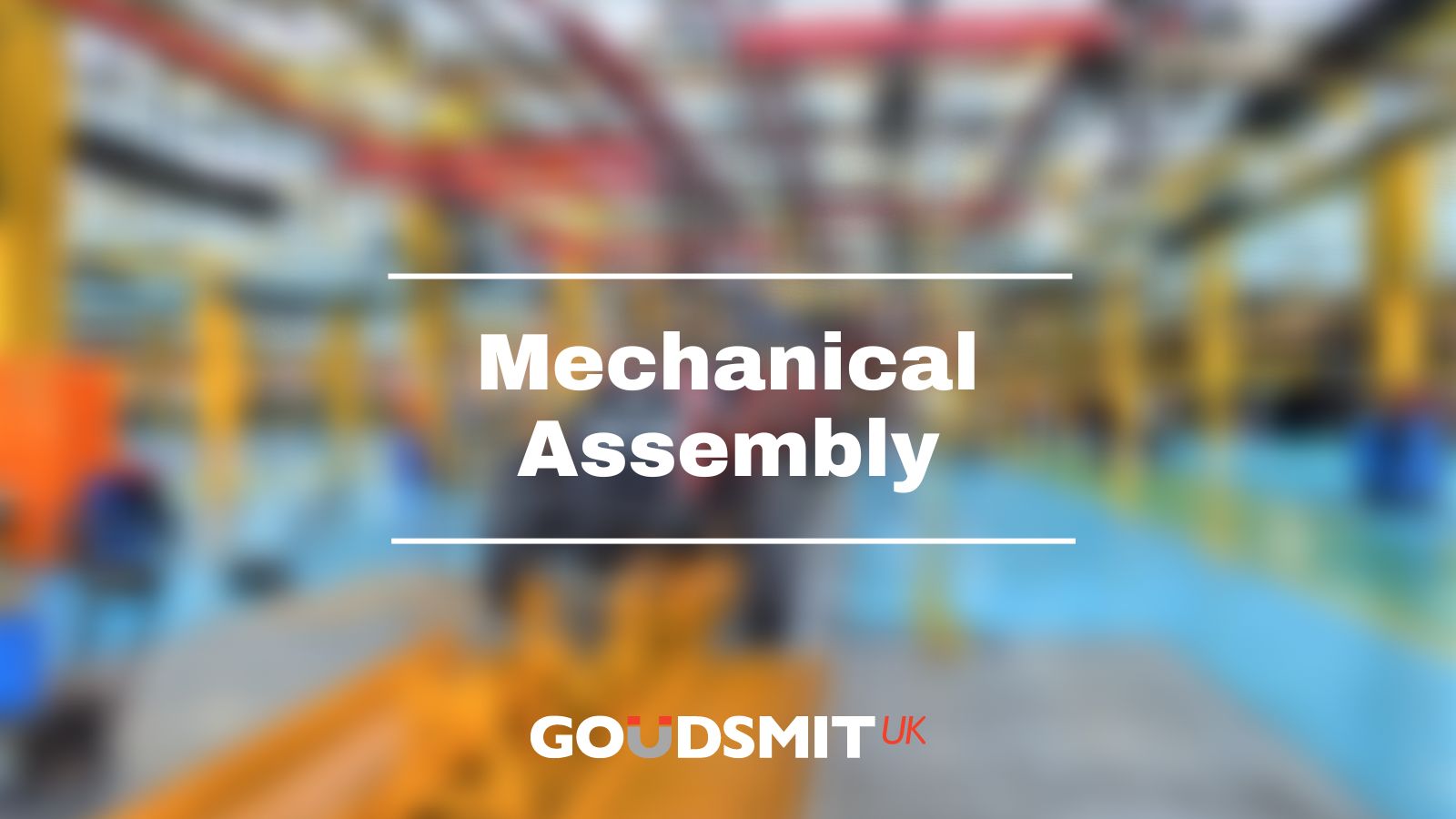When it comes to assembling permanent magnets, selecting the right method is crucial for optimal performance. This article delves into the intricacies of mechanical assembly, a fundamental technique with a rich history and significant modern applications.
Mechanical Assembly: An Overview
Mechanical assembly traces its origins back to the industrial revolution, when manufacturers discovered that constructing a single part from multiple components dramatically reduced costs and expedited repairs. The concept of interchangeable, mass-produced parts has been the cornerstone of mechanical assembly since its inception, and it continues to be its backbone today.
What Is Mechanical Assembly?
Mechanical assembly involves the process of putting together components on an assembly line. It can also refer to the final assembled product or part created through this method. In either context, mechanical assembly signifies the construction of a complete product capable of performing a specific function.
The Process
The process of mechanical assembly typically involves various fastening methods to securely attach two or more parts. Fasteners are commonly used during the assembly operation, but sometimes the process involves shaping one of the components to eliminate the need for separate fasteners.
Fastening Methods
Fastening methods can be broadly categorized into two types:
Threaded Fasteners: These include any hardware components with external or internal threads used to assemble parts, such as screws, bolts, and nuts. Threaded fasteners allow for easy disassembly, making them ideal for products that may require maintenance or repairs.
Rivets: Rivets are unthreaded, headed pins used to join two or more parts by passing the pin through holes in the parts and forming a second head on the opposite side, creating a permanent fixture. Rivets are mainly used for lap joints and are preferred in applications where a permanent, strong joint is necessary.
Applications of Mechanical Assembly
Mechanical assembly is renowned for its reliability and performance, making it the preferred technique for various applications, including:
- Automobiles: From engines to interiors, mechanical assembly is vital in the automotive industry for assembling complex machinery and components that require precision and durability.
- Telecommunications: In the manufacturing of telephones and other communication devices, mechanical assembly ensures that components are securely fastened and can be easily maintained or upgraded.
- Aerospace: Aeroplanes rely heavily on assembly for constructing parts that must withstand extreme conditions and stresses, ensuring safety and reliability.
- Machine Tools: The assembly of machine tools involves precision and robustness, making assembly a suitable method for creating equipment that performs consistently under heavy use.
Benefits
Mechanical assembly is highly favored in the industry due to several advantages:
- Ease of Testing and Inspection: Assembled products can be easily tested and inspected for quality control, ensuring that each component meets the required standards.
- Ease of Disassembly and Reassembly: Products can be disassembled and reassembled in remote locations, facilitating repairs and maintenance without the need for specialized facilities.
- Versatility: Various methods such as press-fit and screw assembly can be used, providing flexibility in manufacturing processes.
Disadvantages
While mechanical assembly offers numerous benefits, it also has some drawbacks:
- Low Vibration Resistance: Mechanical joints may be less resistant to vibration, which can lead to loosening over time.
- Cost: Fasteners, press fits, interference fits, threads, and clips can be expensive, adding to the overall cost of the assembly process.
Despite these disadvantages, mechanical assembly remains a popular choice for many magnet manufacturers due to its ease of testing and validation, making it one of the lowest-risk methods for assembling magnets.
Best Practices
To maximize benefits and minimize drawbacks, consider the following best practices:
- Material Selection: Choose materials that are compatible and can withstand the operational stresses and environmental conditions.
- Precision Engineering: Ensure that components are manufactured to precise specifications to guarantee a proper fit and function.
- Quality Control: Implement rigorous testing and inspection protocols to detect and rectify any assembly defects early in the process.
- Training: Equip your assembly line workers with the necessary skills and knowledge to perform their tasks efficiently and accurately.
Goudsmit UK: Your Trusted Partner
With years of experience, Goudsmit UK stands out as a leading supplier, delivering exceptional results in magnet assembly. Our expertise ensures that we can meet your specific requirements with precision and reliability.
For more information, contact us at info@goudsmit.co.uk or call +44 (0) 2890 271 001.
For a comprehensive overview of our products and services, download our brochure.







